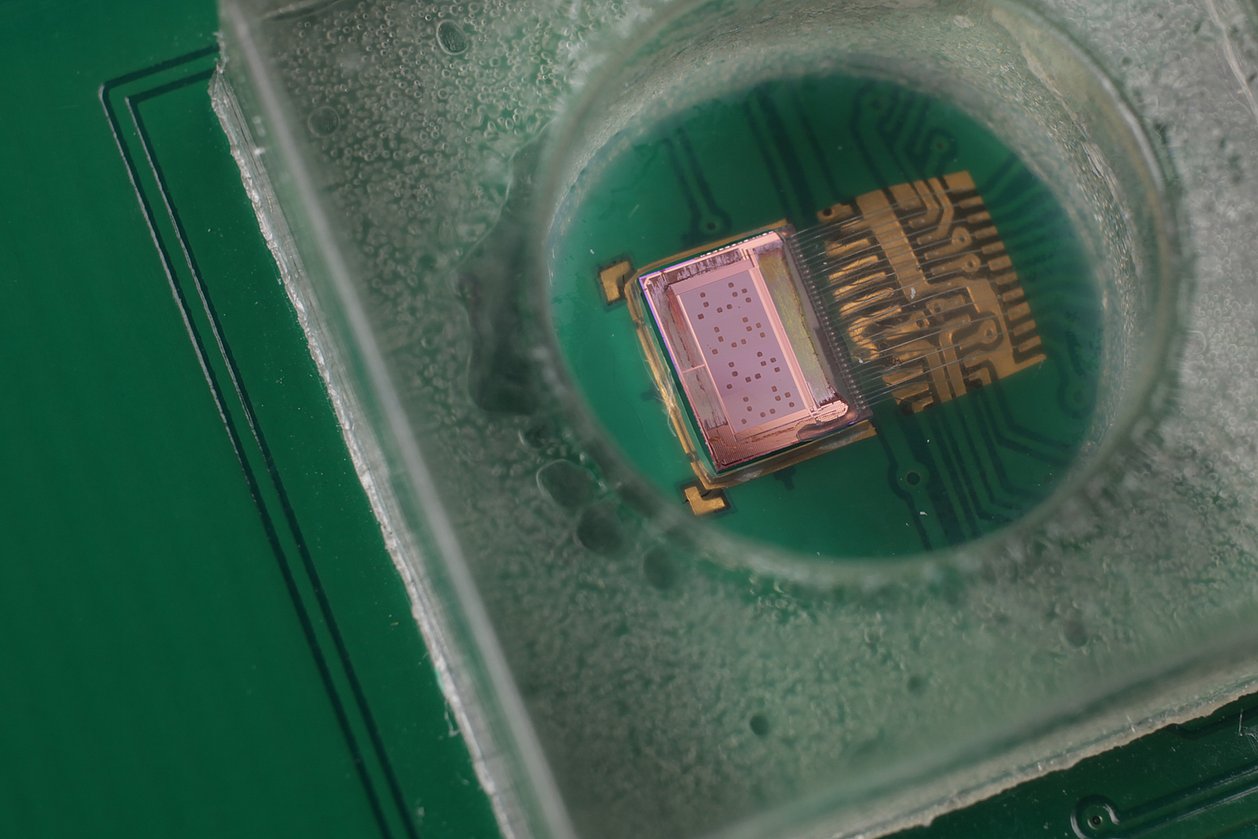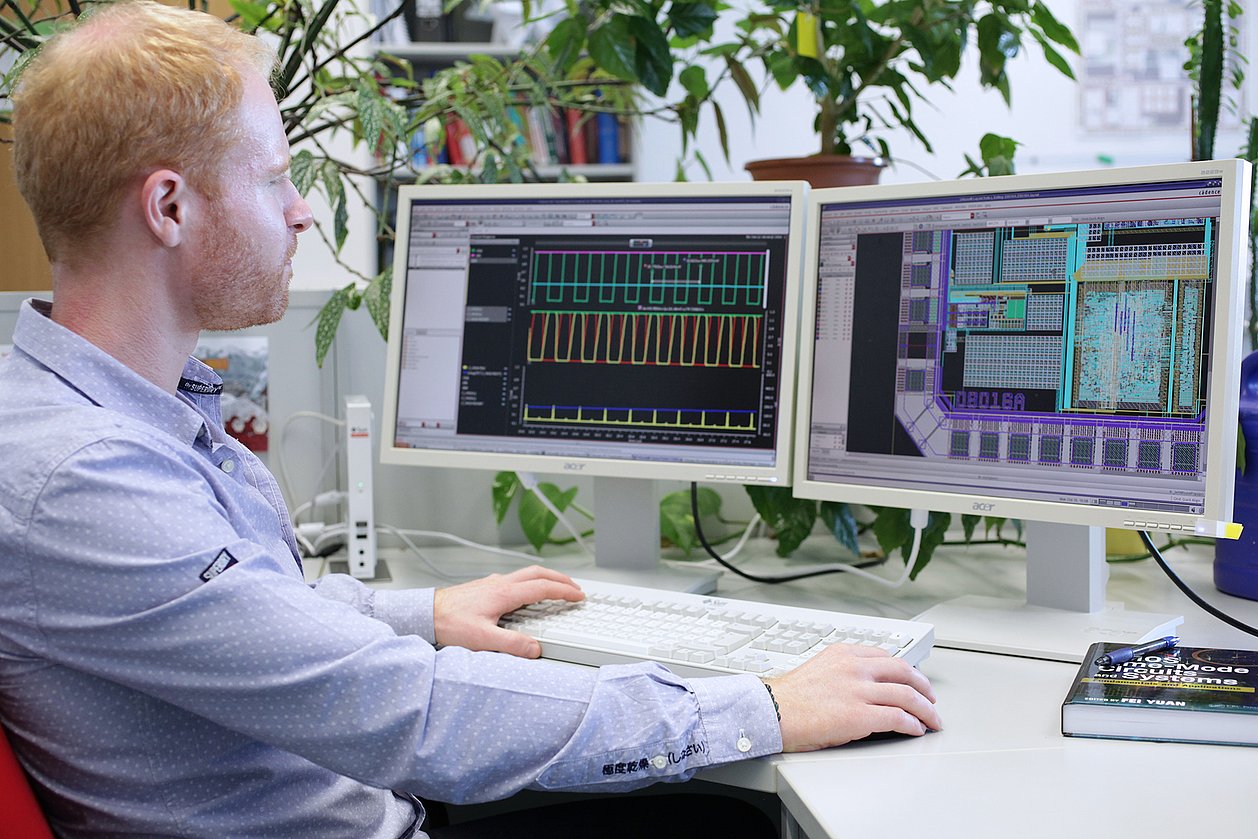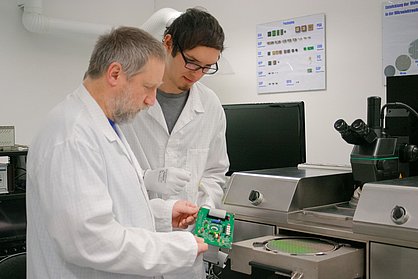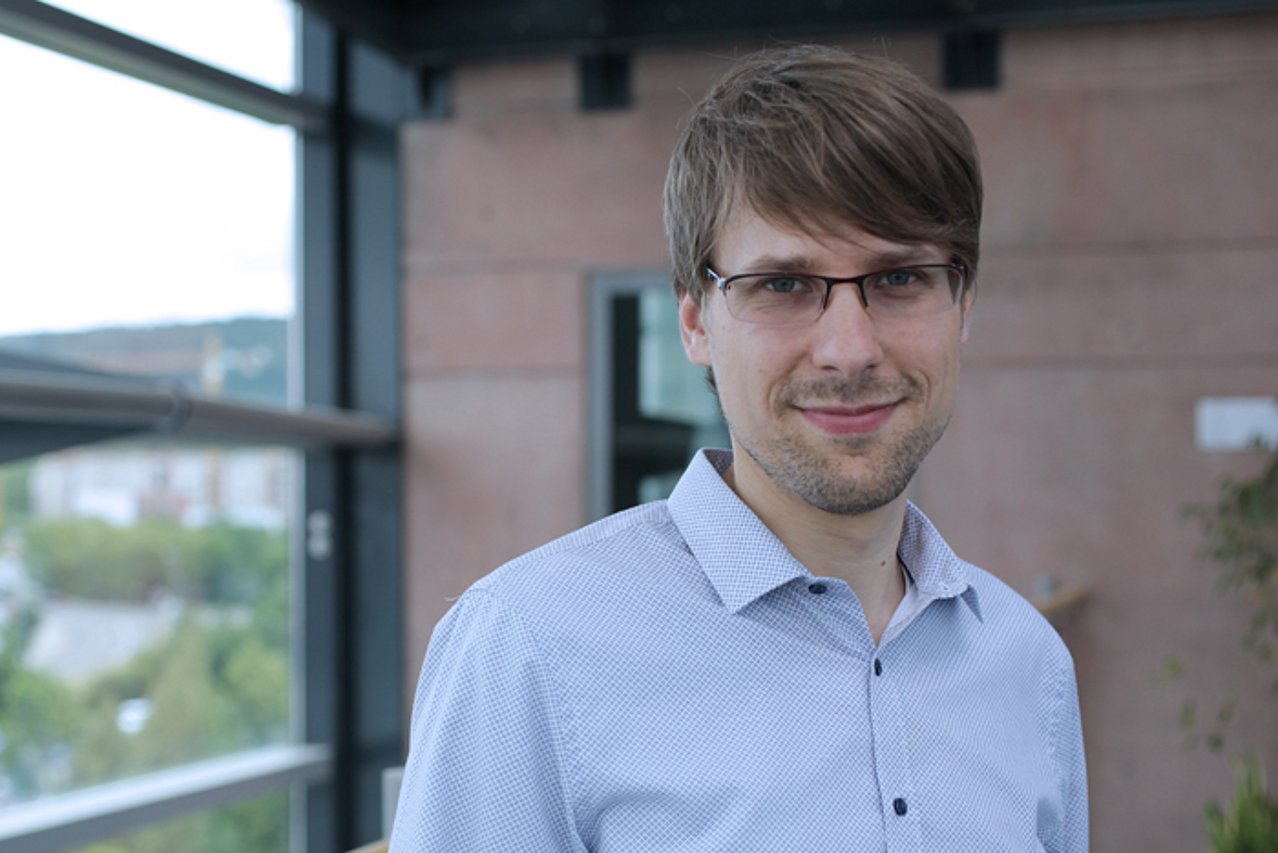Prof. Dr.-Ing. habil. Peter Husar, TU Ilmenau
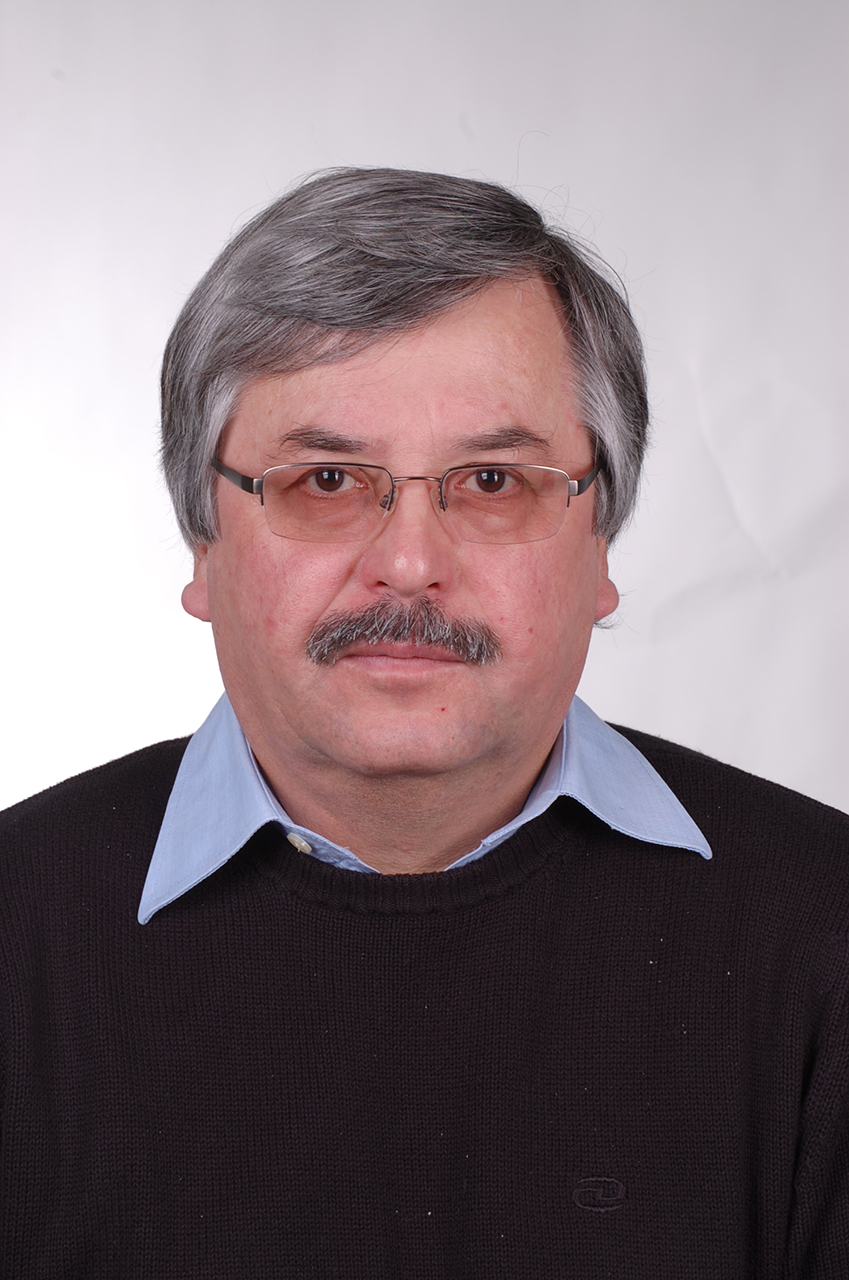
“To enable the signals from all 800 sensors to be received simultaneously without interruption, we needed analogue-digital ASICs to operate on the tiniest of power. The challenge, which was immense and hitherto unknown in any such context, was met by the IMMS staff with their ASIC development skills.”
”We had an ambitious aim when we were involved with our many partners throughout Europe in the EU 3DNeuroN project: it was to help people whose cellular tissue in the central nervous system (CNS) had been damaged by disease or wounds. Our idea was to target some control into the healing of the nerve-cell tissue, using a novel system which would be able to detect and stimulate neural activity in three dimensions.
We have developed such a system. Being capacitively coupled, it is electrically and biologically compatible with the human cell. It is a multi-sensor-actuator array, containing 800 sensors in all, with a three-dimensional structure allowing nerve cells to grow in an almost natural environment.
To enable the signals from all 800 sensors to be received simultaneously without interruption and also to enable the signals to be amplified with very little noise and evaluated, we needed analogue-digital ASICs. The ASICs had to operate on the tiniest of power inputs or there would be too much heat generated, damaging the nerve cells irreversibly. The challenge, which was immense and hitherto unknown in any such context, was met by the IMMS staff with their ASIC development skills. The results leave us feeling great satisfaction, for the vital step in development has meant that we have been able to provide our Finnish partners at Tampere University and our Swiss partners at Zurich ETH with a usable system. Applying the system in their initial experiments, they have already been able partially to achieve their neuro-physiological aims by means of the necessary electrical stimulation.
The IMMS staff went about their work with us on the many challenges and vicissitudes of the project in a cooperative and constructive way, proving their high competence, flexibility, creativity and efficiency. We are already planning further projects and shall be delighted if we can continue this excellent collaboration.“
The reference is related to:
Contact
Contact
Eric Schäfer, M. Sc.
Head of Microelectronics / Branch Office Erfurt
eric.schaefer(at)imms.de+49 (0) 361 663 25 35
Eric Schäfer and his team research Integrated sensor systems, especially CMOS-based biosensors, ULP sensor systems and AI-based design and test automation. The results are being incorporated into research on the lead applications Sensor systems for in-vitro diagnostics and RFID sensor technology. It will assist you with services for the development of Integrated circuits and with IC design methods.


